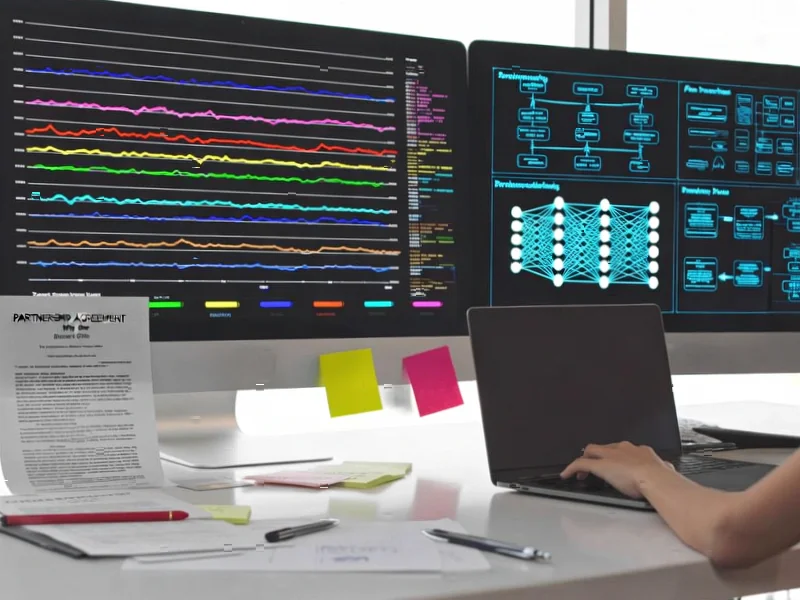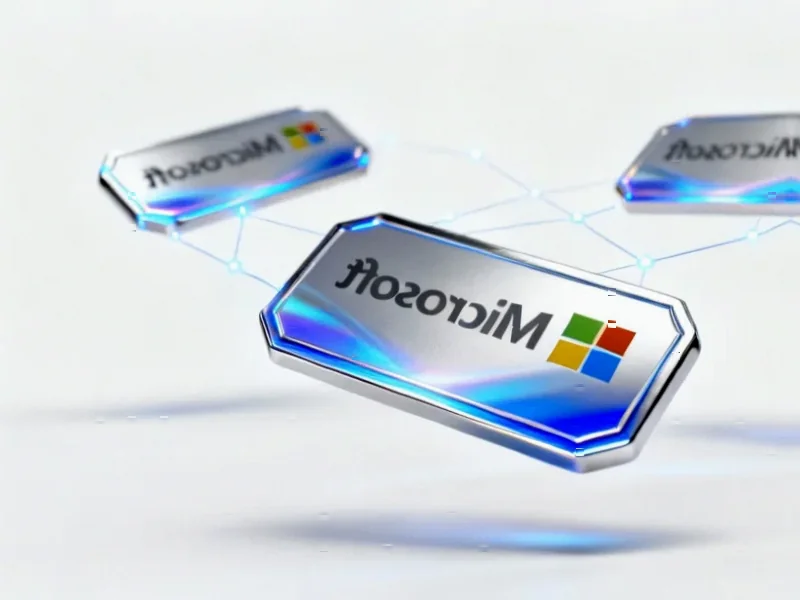According to Gizmodo, Michael Burry’s hedge fund Scion Asset Management disclosed put options against AI giants Nvidia and Palantir in regulatory filings from September 30th that were released Monday. Nvidia recently became the only company ever to surpass a $5 trillion market valuation, while Palantir’s stock had surged 150% this year alone. Burry pinned a cryptic X post showing Christian Bale portraying him in “The Big Short” with text reading “Sometimes, the only winning move is not to play.” He followed with four charts including one showing declining cloud growth at Amazon, Alphabet and Microsoft from 2023-2025 versus 2018-2022, and another titled “U.S. tech capex growth is matching the tech bubble of 1999-2000.” Palantir CEO Alex Karp responded by calling Burry’s bet “egregious” and said he’d “be dancing around when it’s proven wrong.”
Is This Dot-Com Bubble 2.0?
Burry isn’t just making random bets here – he’s building a comprehensive case that we’re repeating the exact same mistakes from the dot-com era. And honestly? The parallels are getting harder to ignore. Every earnings call these days features companies desperately slapping “AI” onto their presentations, much like every business in 1999 needed a “.com” in their name. Apollo Global Management’s chief economist Torsten Sløk recently noted that the only difference is today’s top S&P 500 companies are more overvalued than during the 1990s bubble. That’s… concerning.
Here’s the thing about bubbles: they’re not necessarily wrong about the underlying technology. The internet did transform society, just like AI probably will. But investor enthusiasm consistently overestimates how quickly and profitably that transformation will happen. We saw this with fiber optic networks in the early 2000s – by 2002, less than 5% of US telecom capacity was actually being used. Thousands of miles of expensive fiber remained “unlit” beneath the ground. Sound familiar to anyone watching the massive AI infrastructure build-out happening right now?
The Dangerous Web of AI Investments
One of Burry’s most telling charts showed the circular dealmaking between top AI companies, with Nvidia sitting squarely in the center. Basically, these tech giants are all investing in each other, creating this self-reinforcing financial ecosystem that props up valuations. When Microsoft invests in OpenAI, which uses Nvidia chips, which benefits from cloud providers like Azure… you see where this is going.
This circularity creates a house of cards scenario. If demand for AI services doesn’t materialize as quickly as expected – or if we hit a technological plateau – the whole system could unravel rapidly. Federal Reserve researchers actually warned about this earlier this year, comparing it to the railroad over-expansion of the 1800s that led to an economic depression. They used the phrase “disastrous consequences.” Not exactly comforting.
Should We Listen to Burry?
Look, Burry has been wrong before. He famously bet against Tesla and the ARK Innovation ETF, and those positions didn’t work out well. But his actual filings show he’s putting real money behind this AI skepticism, not just tweeting about it.
The real question isn’t whether AI is transformative technology – it clearly is. The question is whether current stock prices reflect realistic growth expectations or pure speculation. When you see companies with questionable AI credentials suddenly rebranding themselves as AI plays, it’s hard not to feel some déjà vu. Burry’s social media posts suggest he believes we’re in the “greater fool” phase of the cycle, where people are buying not because they believe in the fundamentals, but because they think someone else will pay more later.
Maybe Burry’s timing is off – these things can run longer than anyone expects. But his core argument about unsustainable valuations and circular dealmaking? That’s getting harder to dismiss as the AI hype train keeps barreling forward.




